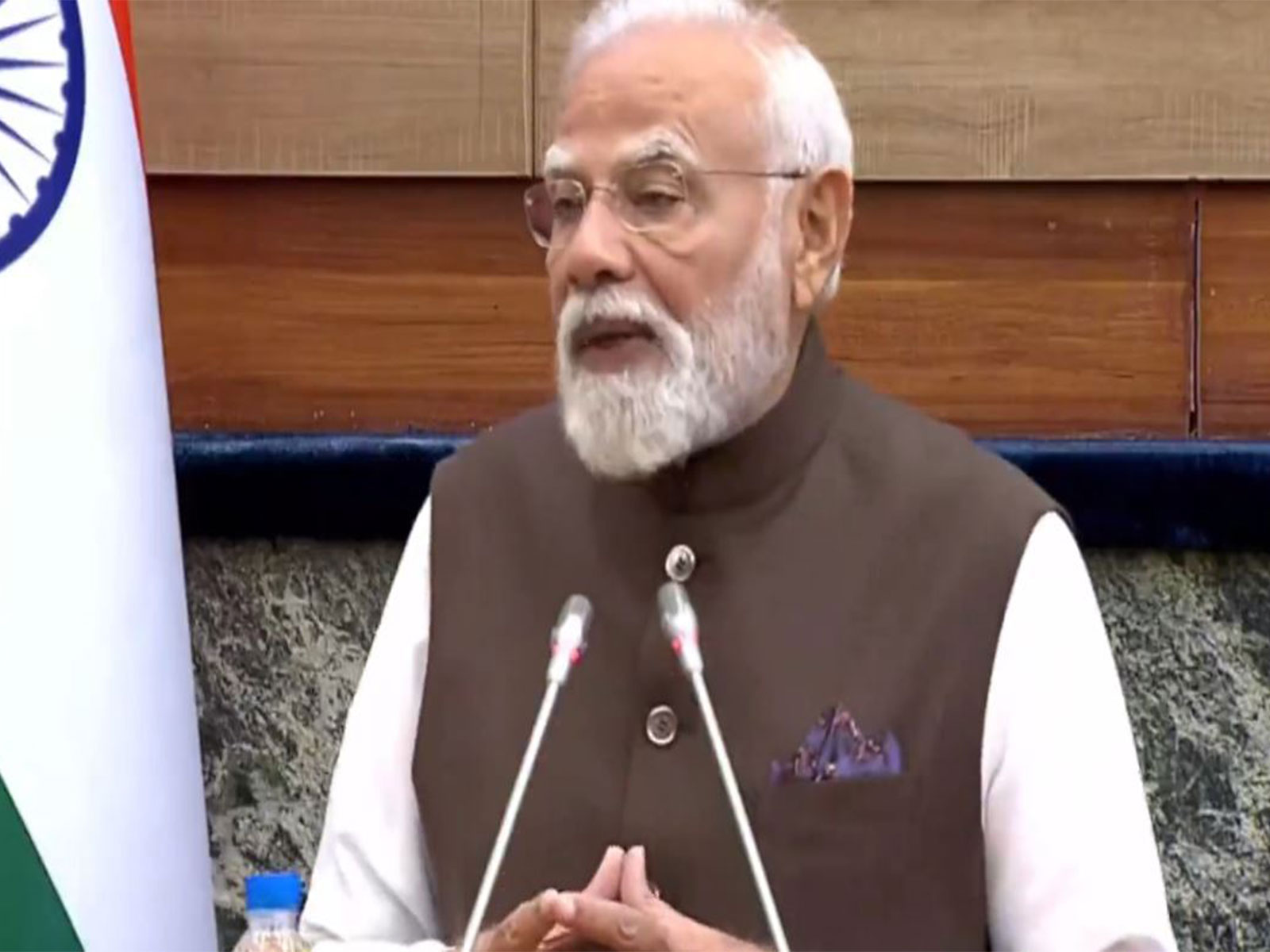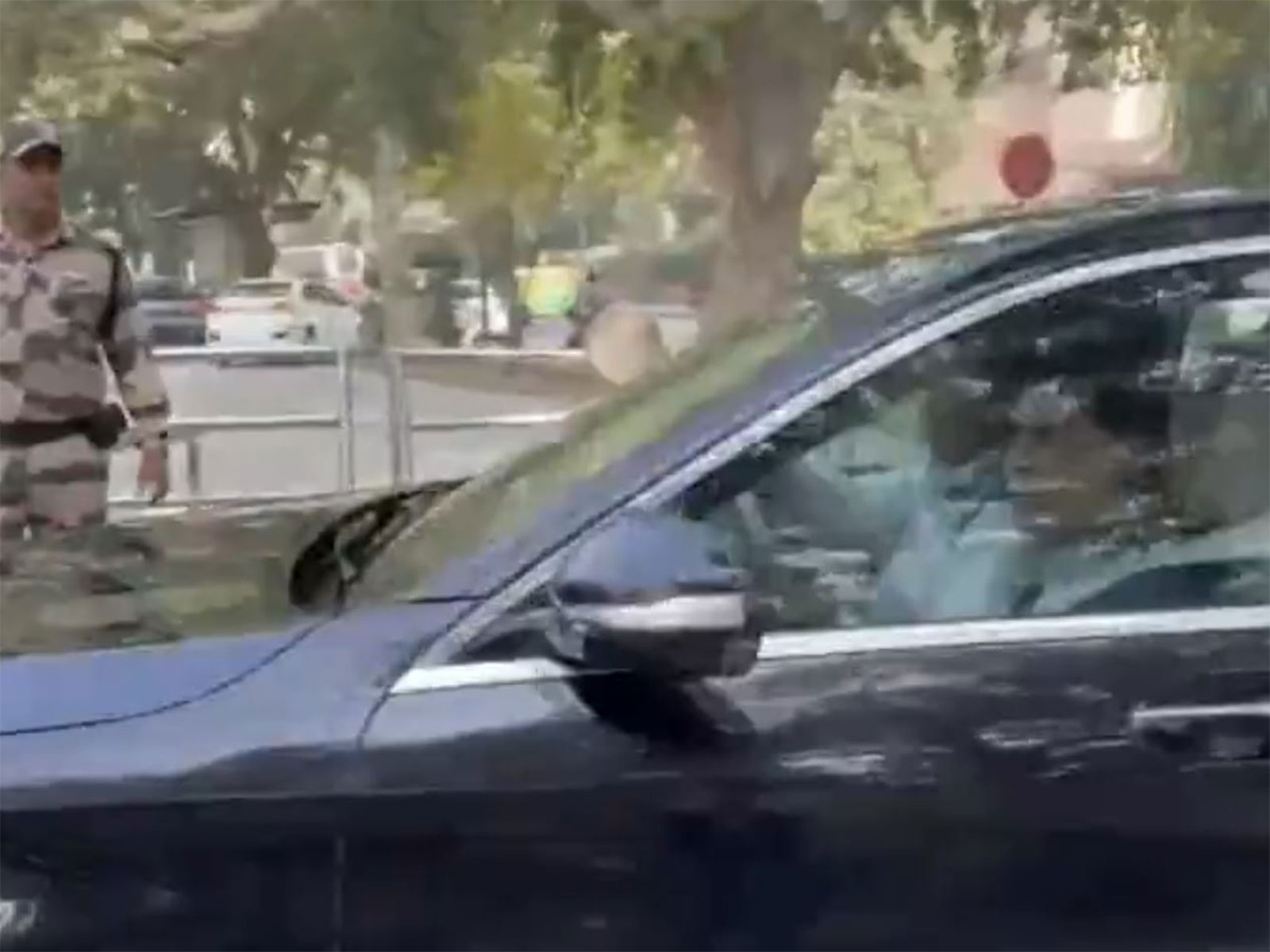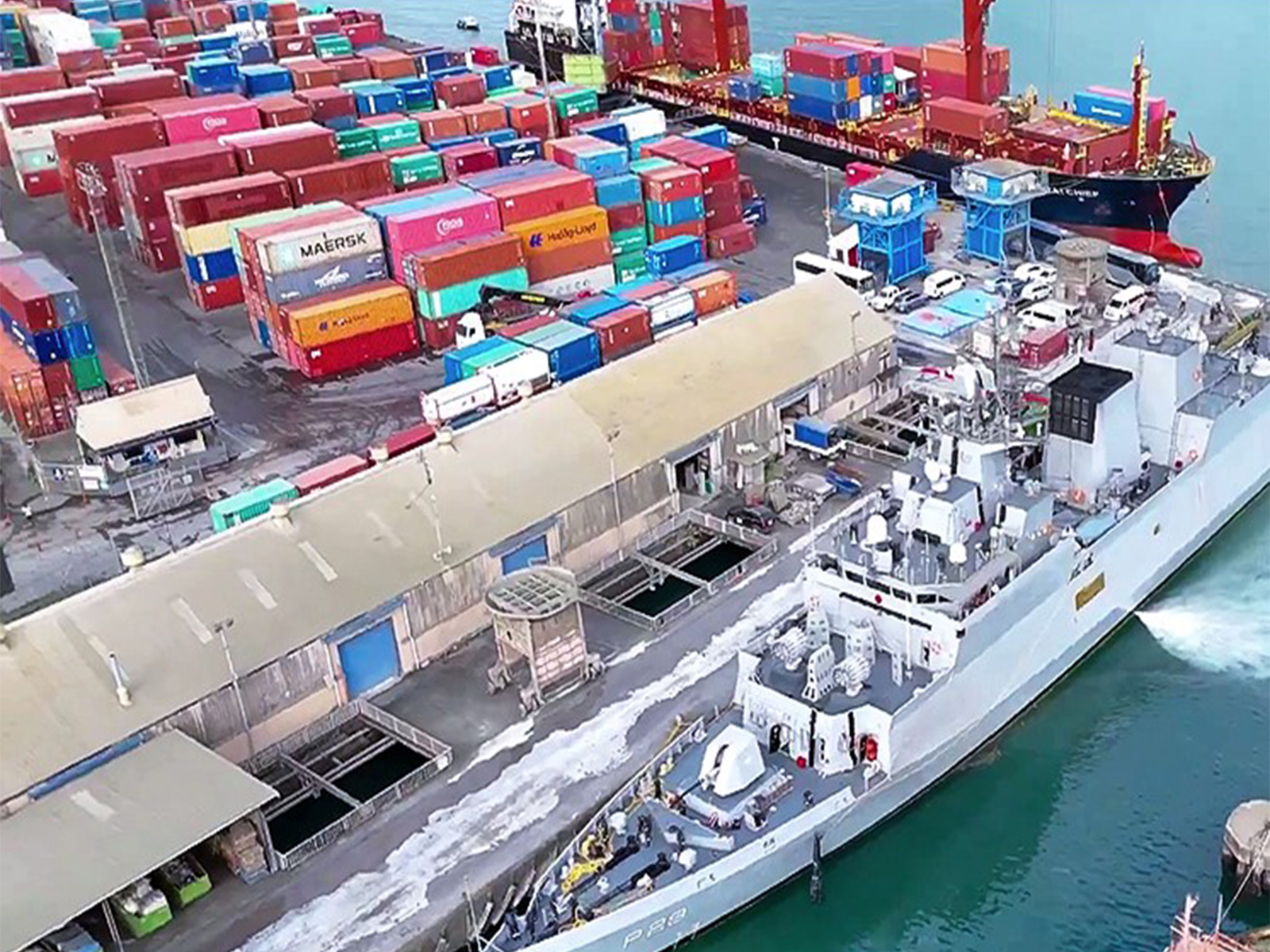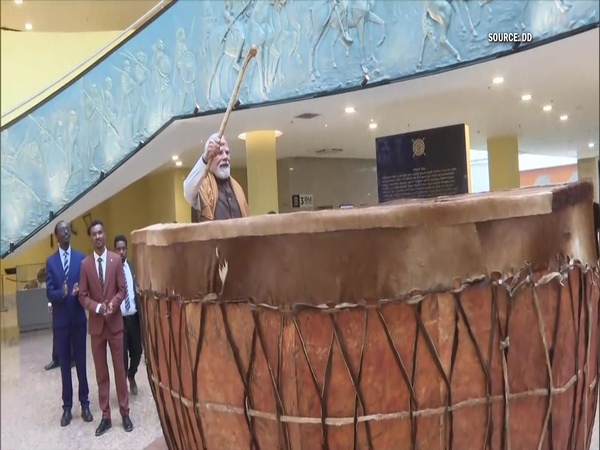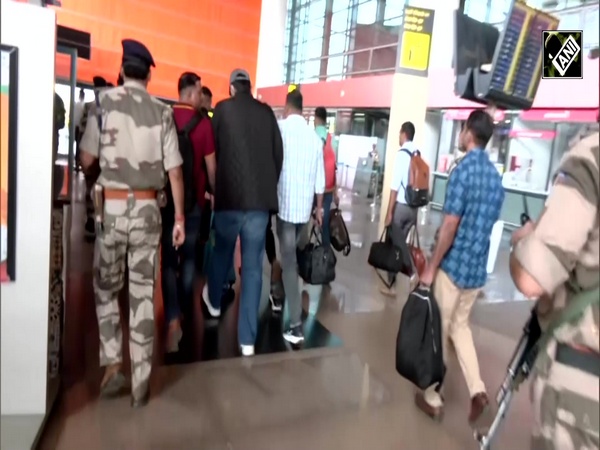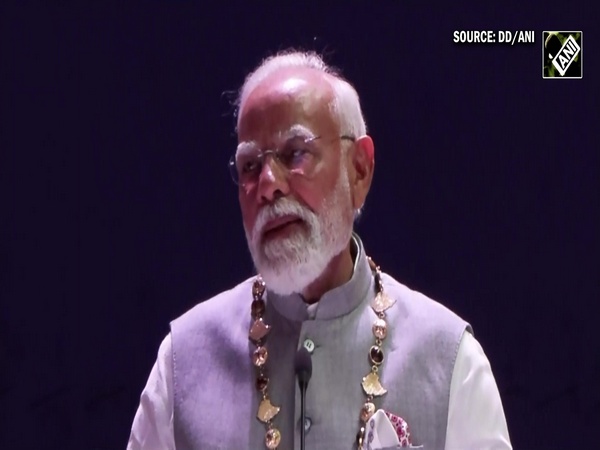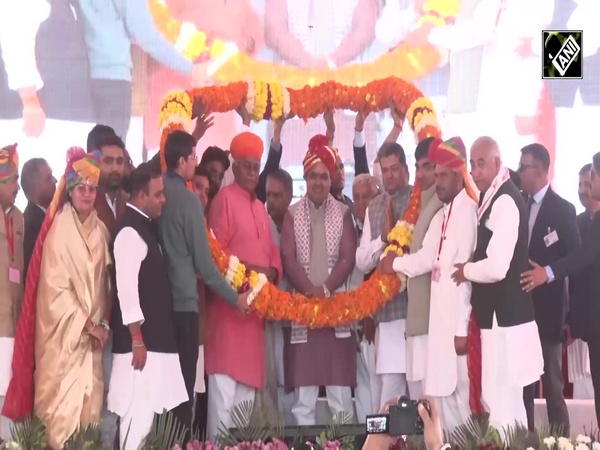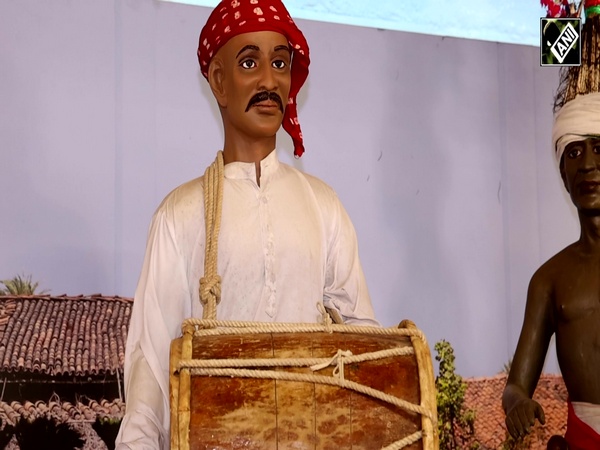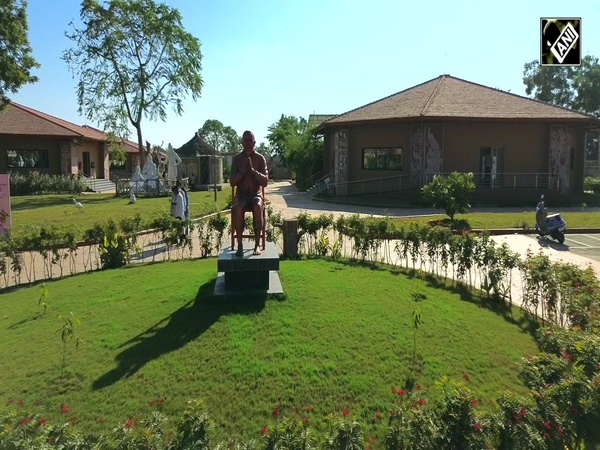Tiananmen Square massacre reveals violent nature of Chinese politics
Apr 09, 2022

Washington [US], April 9 : The Tiananmen Square massacre of 1989 offered a glimpse into the violent nature of Chinese politics under the Communist Party of China (CPC).
The CPC dislikes uncertainty and prefers complete control to ensure the stability of the party. Anything that creates ripples across the Chinese lake is seen as distortion and immediately put down. The world needs to recall Tiananmen for precisely this purpose, reported Global Strat View.
As the world commemorates the 32nd anniversary of the incident, recalling the powerful imagery of the tank man and scores of people who lost their lives, it is important to flag the new normal that China is the rising power and is out to claim its position on the global stage.
From a historical and contemporary perspective, the Tiananmen Square massacre in 1989 should remind the world of the ruthless nature of Chinese polity under the CPC.
While the world's attention focuses on the atrocities and severe violations of international law by the Russian aggressors in Ukraine, it is critical not to forget China's continued suppression of human rights, reported Global Strat View.
Intra-party elite rivalry for power and ideological contestation provides one indication of how the CPC responded to the protest movement. The other factor underpinning the protests was the worsening political and economic situation, characterized by runaway inflation, credit crunch, and corruption. All these factors undoubtedly contributed to the widespread unrest.
The conventional narrative portrays the protest movement as a bid for democratization. However, as Vijay Gokhale, India's former Foreign Secretary, aptly recalls in his book on the subject, "the students' concerns were overwhelmingly limited to their grievances," which mainly related to better job and education opportunities, the problem of elitism, and the demand for some personal freedom.
The death of Hu Yaobang, former General Secretary, provided the incendiary spark as students spontaneously gathered to mourn the leader.
Tens of thousands gathered on the day of Hu's funeral, calling for greater freedom of speech and less censorship.
In the following weeks, protesters gathered in Tiananmen Square, with numbers estimated to be up to one million.
On 13 May, hundreds of student protesters went on hunger strike to push for talks with CPC leaders.
On 3 June, the Chinese leadership sent in regular troops to enforce martial law, which had already been imposed but was being disobeyed by local citizens.
What transpired on the midnight of 3-4 June when the Square was forcibly vacated has remained a matter of speculation. On 5 June, a man faced down a line of tanks heading away from the Square. He was carrying two shopping bags and was filmed walking to block the tanks from moving past.
At the end of June 1989, the Chinese government said 200 civilians and several dozen security personnel had died.
In 2017, newly released UK documents revealed that a diplomatic cable from the then UK Ambassador to China, Sir Alan Donald, had said that 10,000 had died.
The Tiananmen Square massacre remains taboo in China and attempts to discuss, commemorate, and demand justice is not permitted, said Global Strat View.

